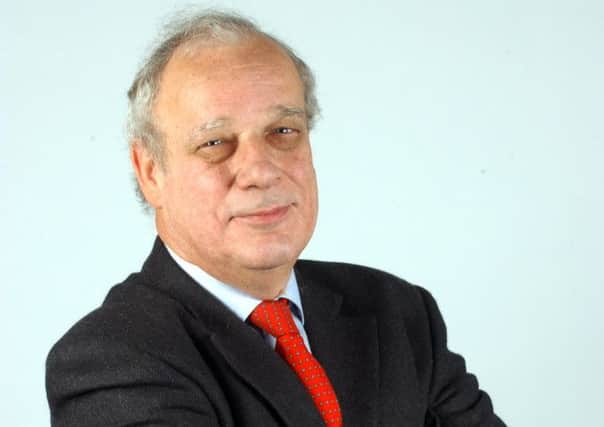Comment: Cash not king for investors in equity funds


The issue arose at a question and answer session for shareholders in Personal Assets Trust (PAT) ahead of the annual meeting. Little wonder that it did. This proudly contrarian trust, well followed by many in its Edinburgh home, has stood out from the crowd by virtue of its highly defensive stance.
The trust currently has less than half its £580 million portfolio invested in shares – a most anomalous position for an equities trust.
Advertisement
Hide AdAdvertisement
Hide AdThe balance is held in cash, including UK Treasury Bills – a whopping total of 20 per cent. That is very high for an investment fund. But with cash earning next to nothing while interest rates have remained at rock bottom, many may feel that 20 per cent is too much to have hanging around.
This issue has long divided investors and financial advisers. If managers feel the market is heading for a correction, investors would consider it the managers’ duty to lighten equity exposure and hold a higher-than-normal percentage in cash or near-cash assets. This also enables managers to take advantage of market falls to buy shares at lower levels.
But others argue that the public invests in an equity fund to have exposure to equities. Almost all individual investors will already be holding cash or near cash assets and will have allocated whatever sum they feel appropriate to an equity mutual fund or investment trust. Equity fund managers should remain pretty well fully invested in shares.
PAT does recognise this argument when it comes to investment in property. A shareholder asked whether PAT would consider investment in property when it was so cautious about the outlook for equities. Investment adviser Sebastian Lyon replied that most PAT shareholders already have exposure through their own residential property and do not wish to have further exposure through an investment trust. Property can also be notoriously sticky when the economy turns down and difficult to realise.
However, the case for such a high cash percentage is a lot more than tactical at PAT. It has always taken the longer view about performance and believes that the market – here and in the US – is fully valued, if not excessively so. It has serious reservations about equities at this time.
Last week’s presentation had gruesome graphs showing the surge in US and UK central bank balance sheets, the artificial government support for real assets (housing in particular), the current high levels of share buybacks, IPOs and merger and acquisition activity and the degree to which the current stock market rally has parted company with corporate earnings.
The most arresting chart showed how the FTSE 100, adjusted for inflation, is still well below the recent peak of 2006-7 – and far below that of 1999, fuelling the view that, for all the stock market recovery of the past five years, we are still in a secular bear market and one that has still some way to run.
This is the fundamental reason why PAT holds 20 per cent in cash or near cash assets. The view has inevitably taken its toll on short-term performance – PAT’s shares are up just 0.3 per cent over the latest 12 months against a 6.4 per cent rise in its global benchmark, and up only 7.3 per cent over three years while the global benchmark has risen by 24 per cent.
Advertisement
Hide AdAdvertisement
Hide AdIf that’s the view you share about the outlook for markets, then a 20 per cent cash holding is “correct”. But cautious investors find themselves in a trap. They may share PAT’s view that the market is riding for a fall, but they are desperate to escape nil returns on cash. PAT may be the trust that has won their heads. But it’s Neil Woodford’s new equity income fund, offering a prospective 4 per cent yield, that has pulled in an astonishing £1.6 billion this summer. Only time will tell as to which approach has paid off in overall return to investors.